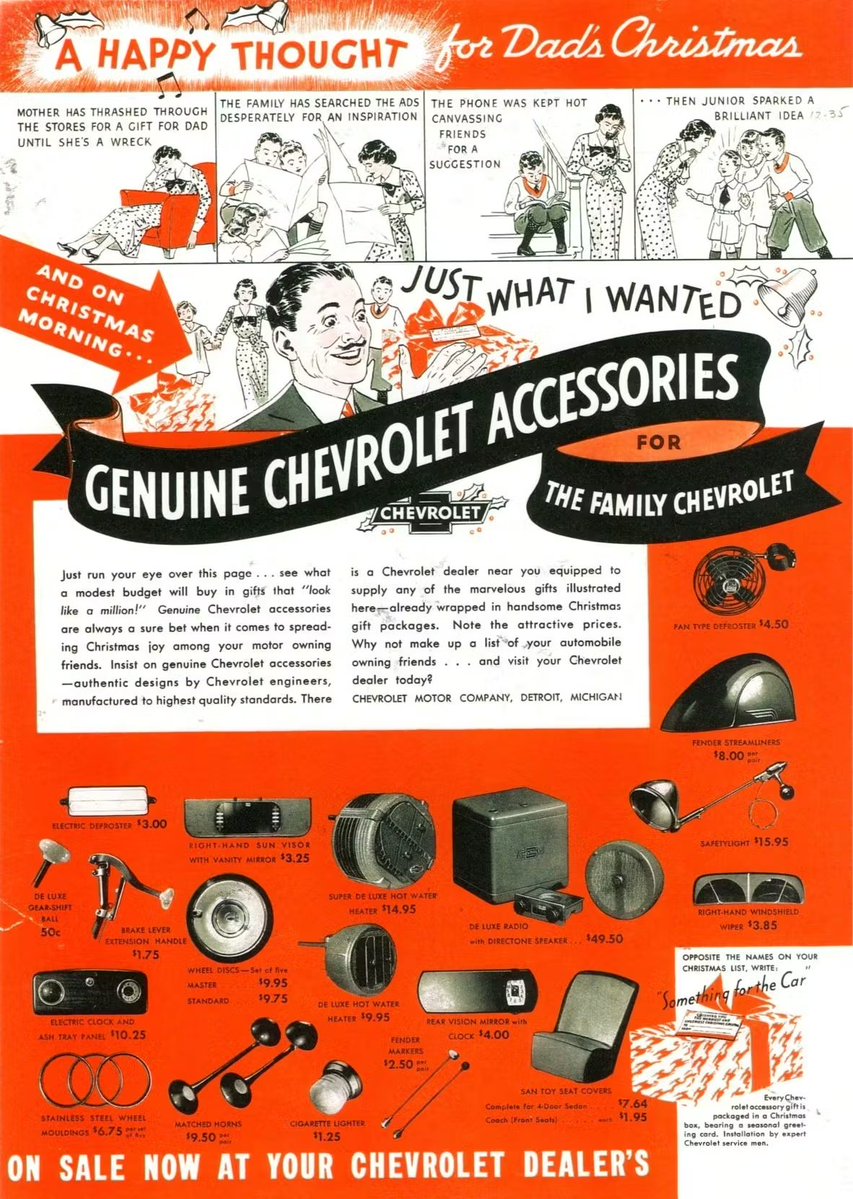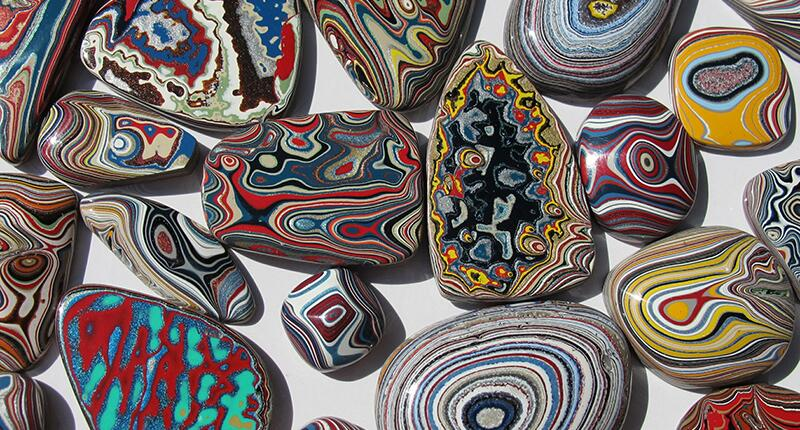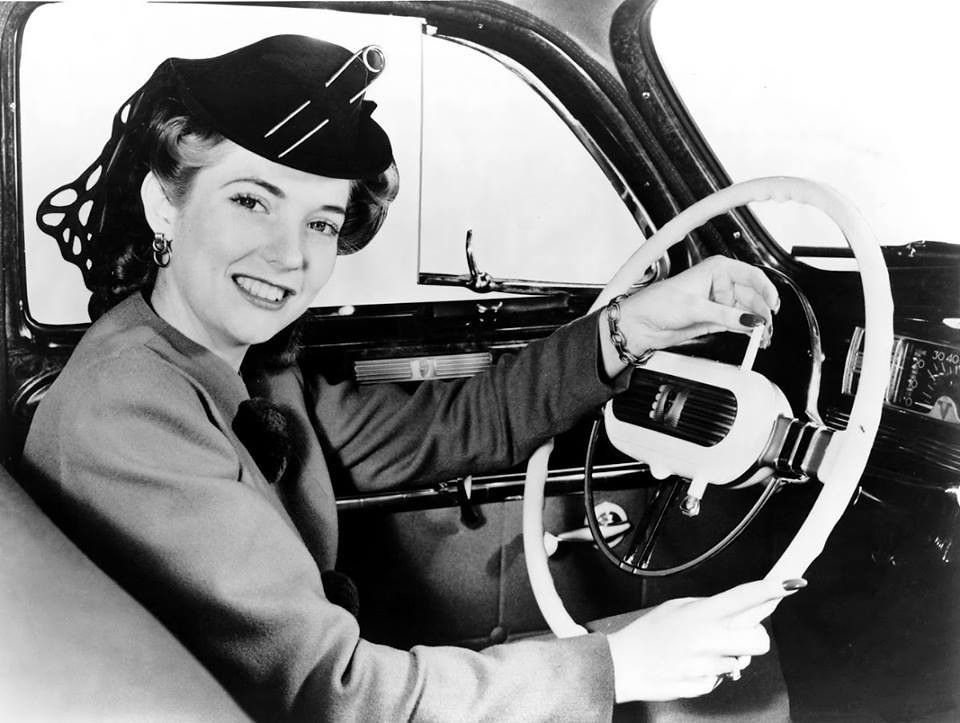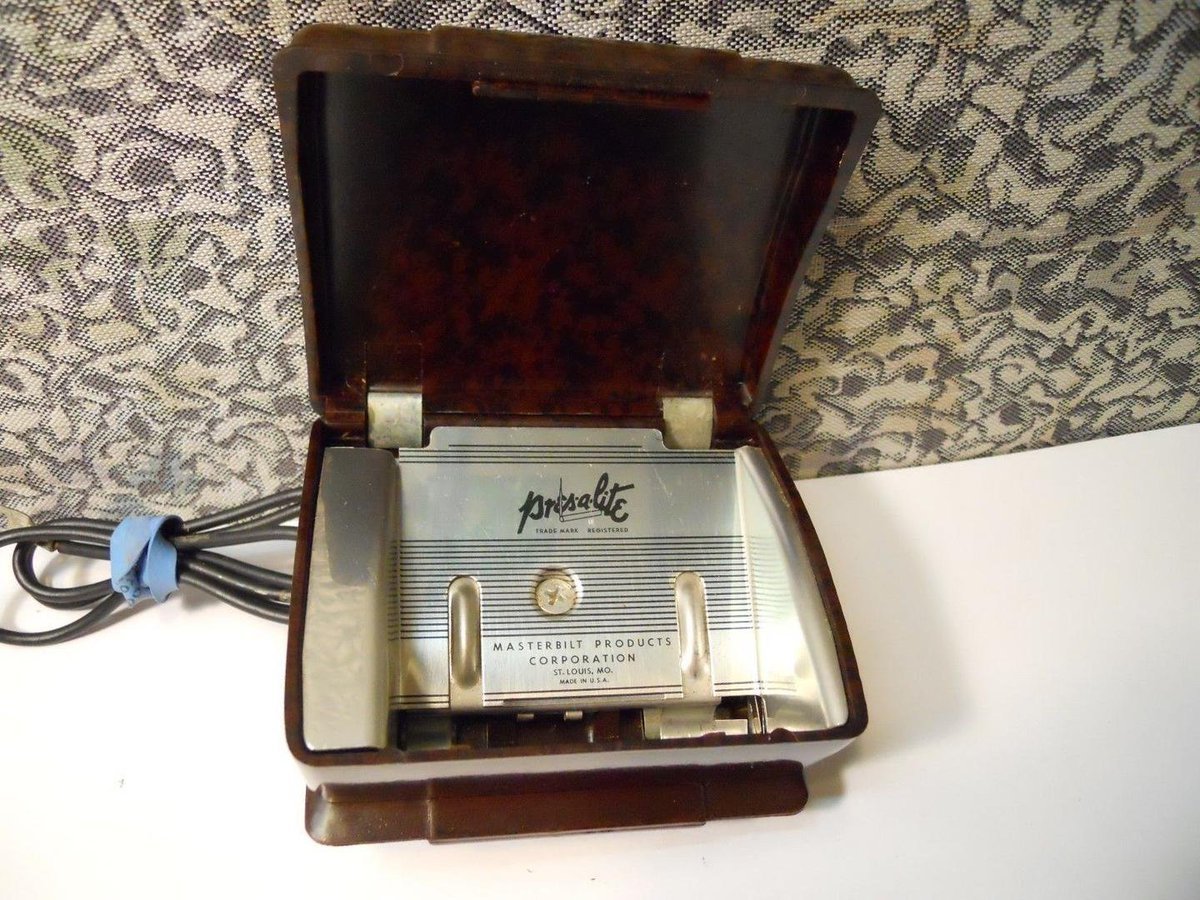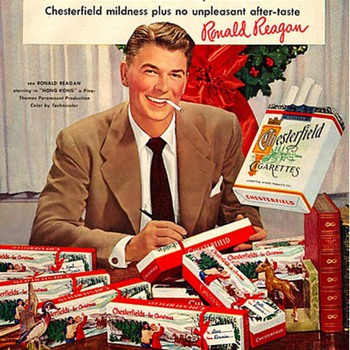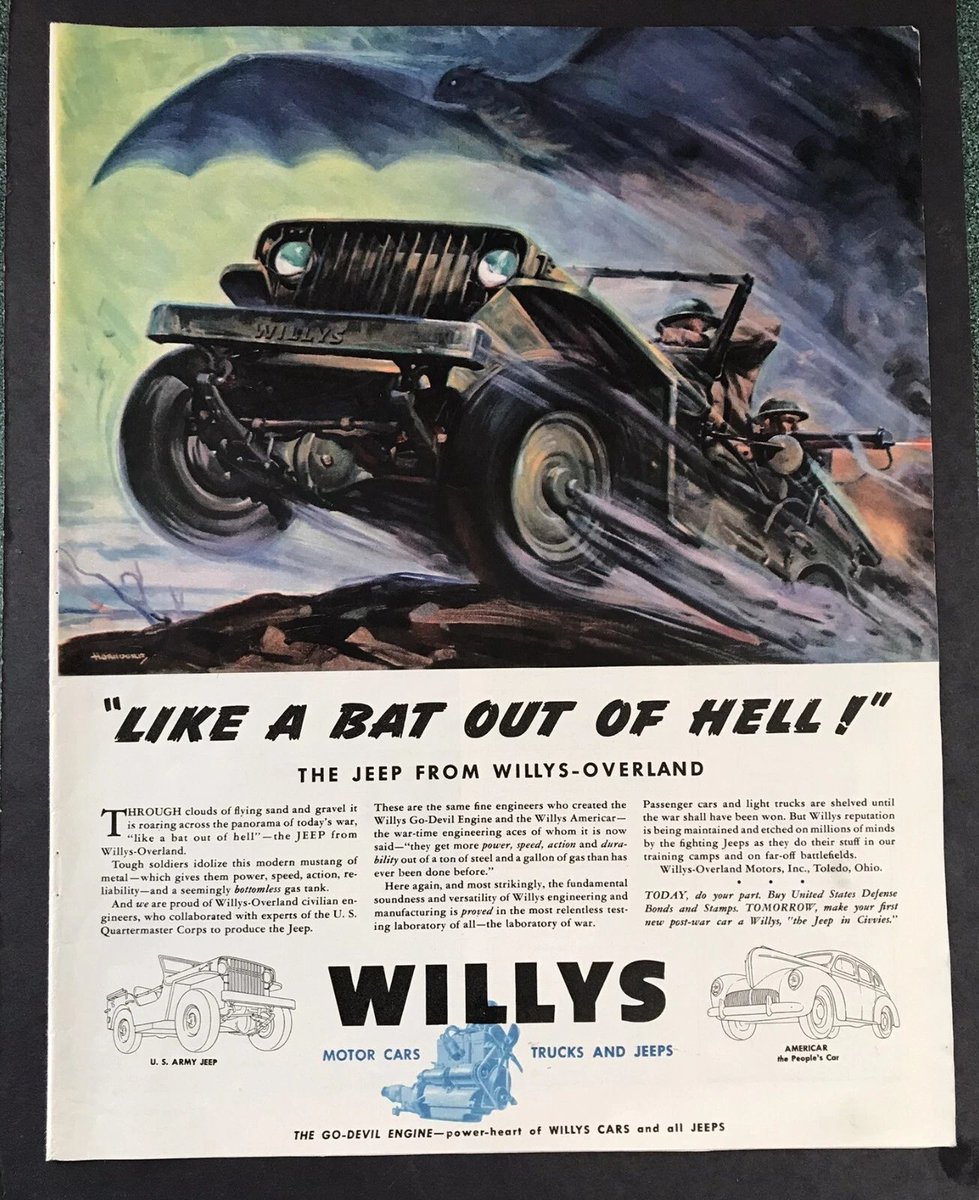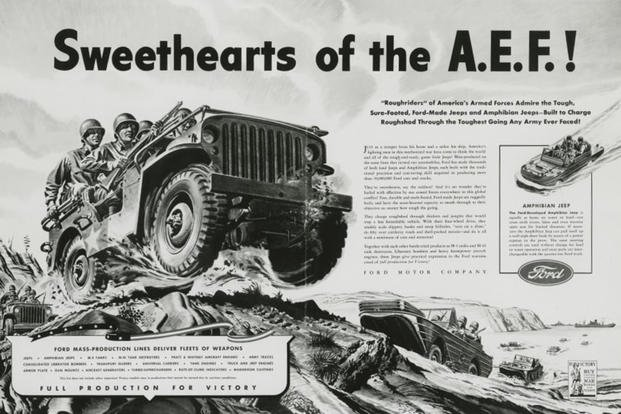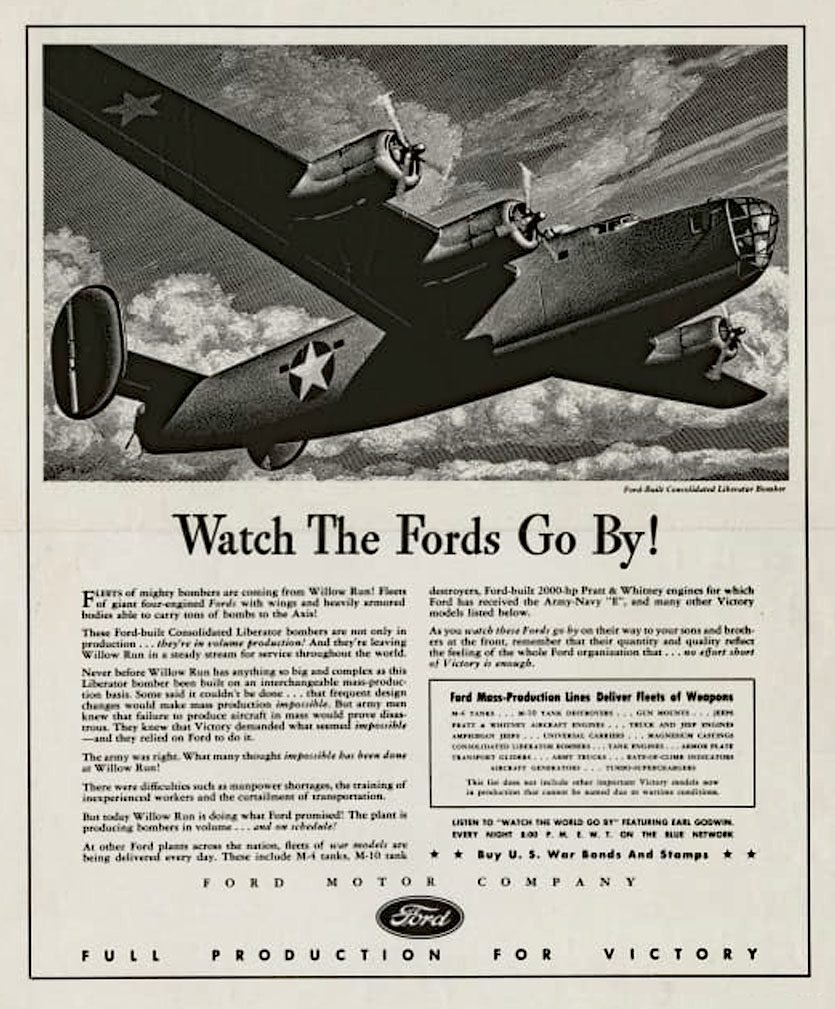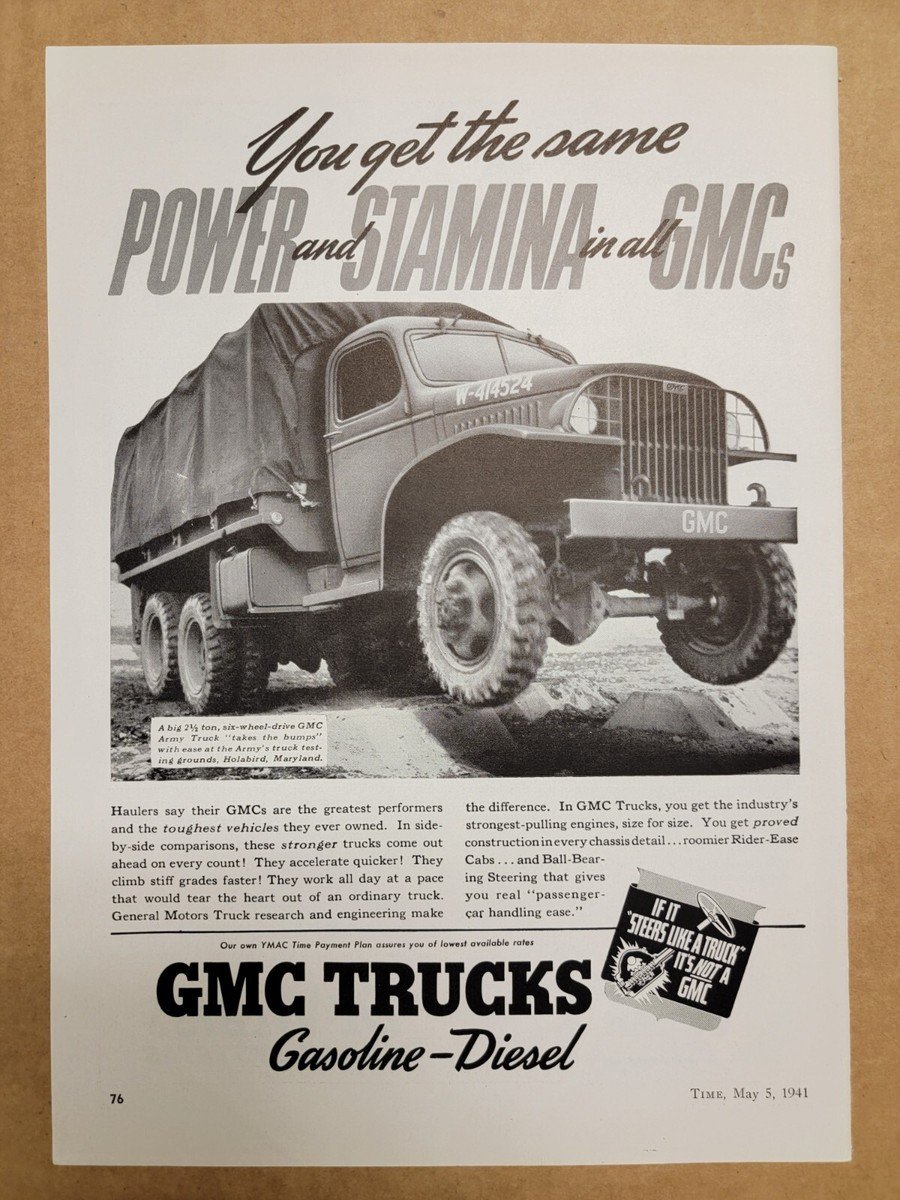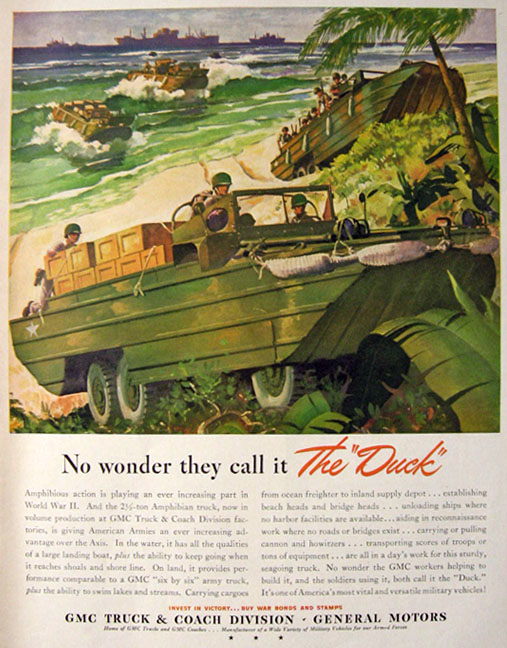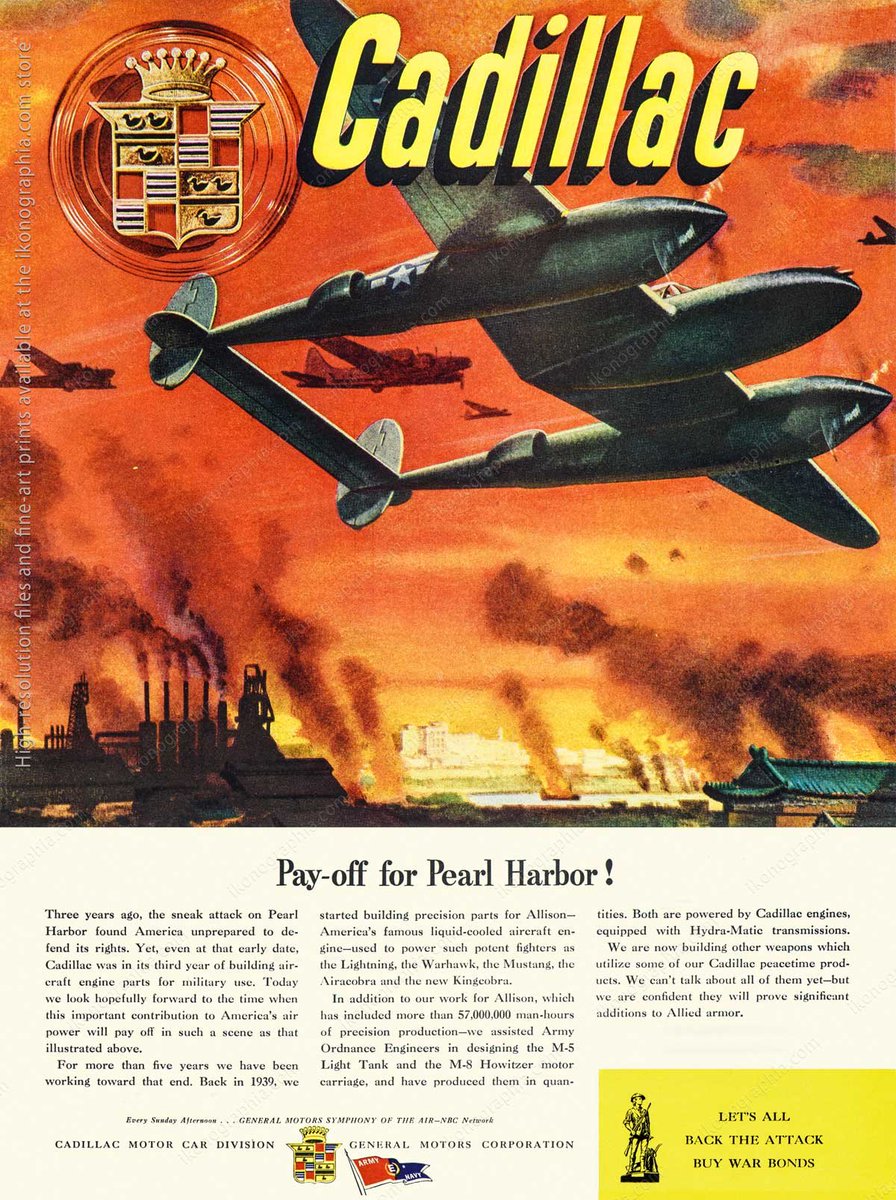Aw, dang. A very wistful RIP to Raquel Welch, who left an indelible impression on my youth. To follow, a short #DavesCarIDService thread dedicated to her:
Raquel Tejada (her maiden name) regally waving as San Diego County Fair Queen in a 1959 Ford Galaxie 500 convertible.
Raquel Tejada (her maiden name) regally waving as San Diego County Fair Queen in a 1959 Ford Galaxie 500 convertible.

*she married (and quickly divorced) her high school sweetheart James Welch, but kept the name for the rest of her life.
Pre-film fame, as a trophy queen at Southern California race tracks, congratulating a very luck Bob O'Leary and his victorious Kurtis Offy sprint car. 

1967, with her film career in full swing: with a 1965 Ferrari 275 GTS, and yep, this car she actually owned. 

correction - driver pictured here is Don Cameron, who drove the Bob O'Leary Kurtis-Offy. 1958, Balboa Stadium Speedway San Diego.
• • •
Missing some Tweet in this thread? You can try to
force a refresh







